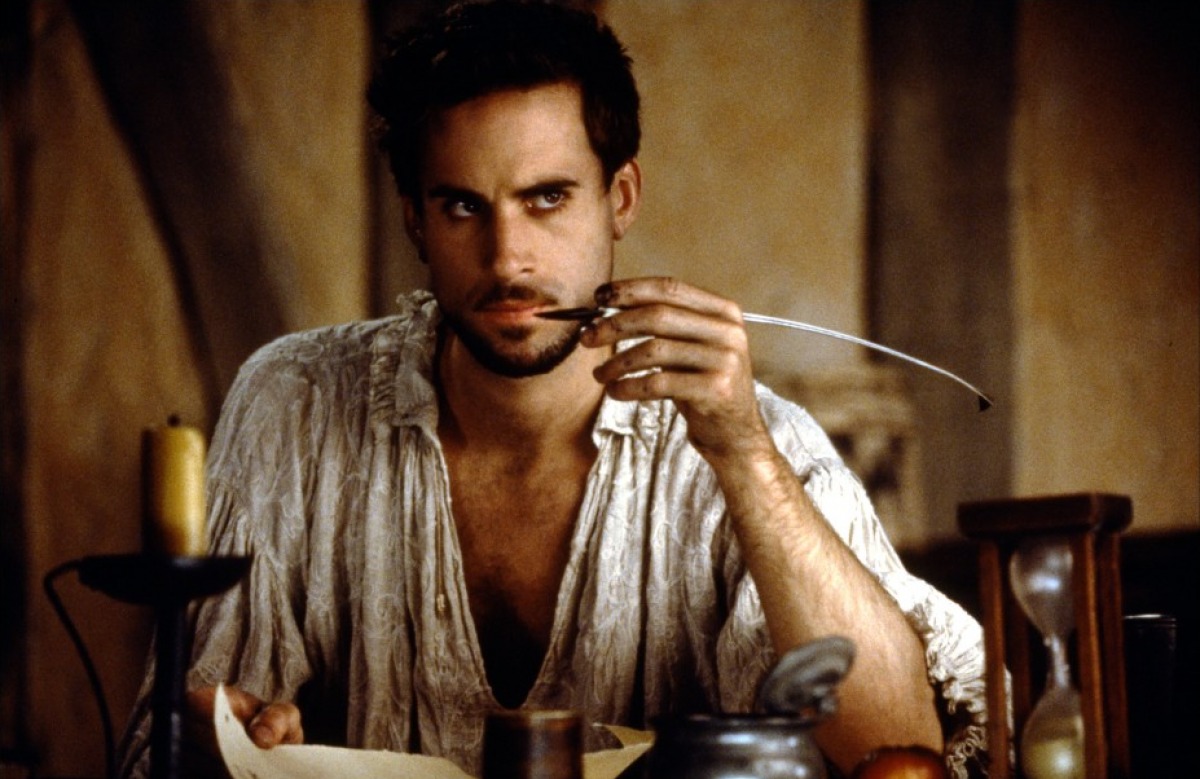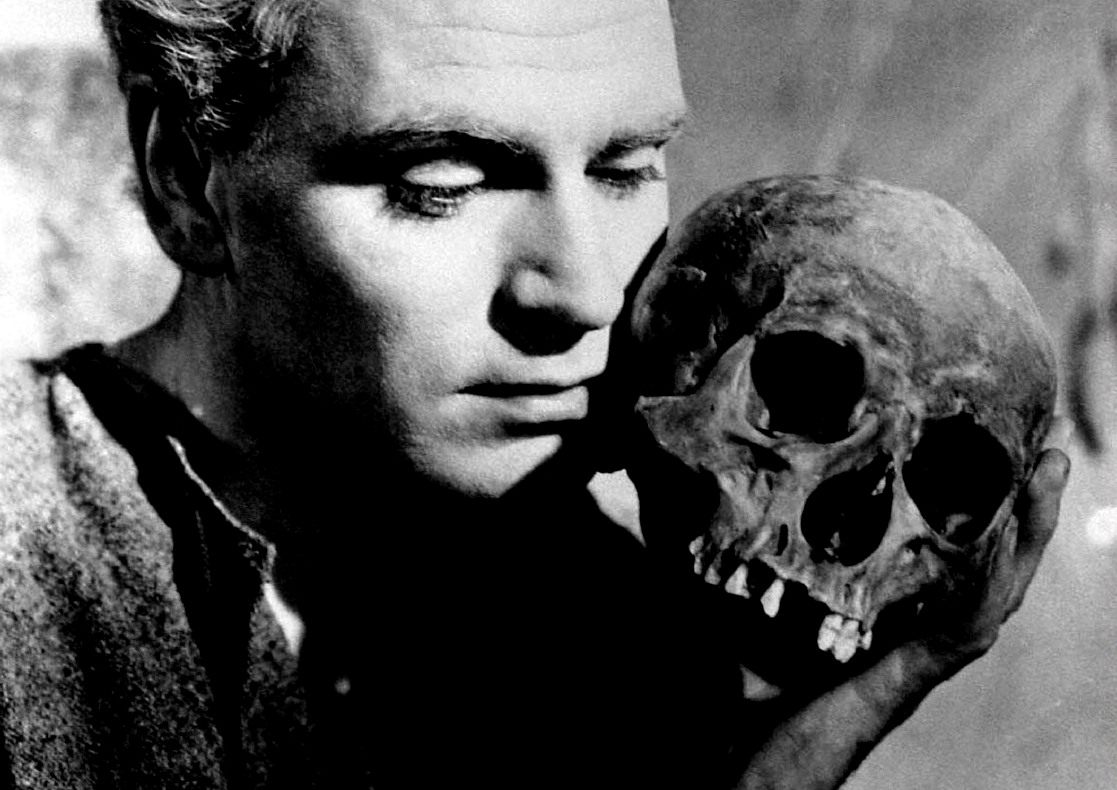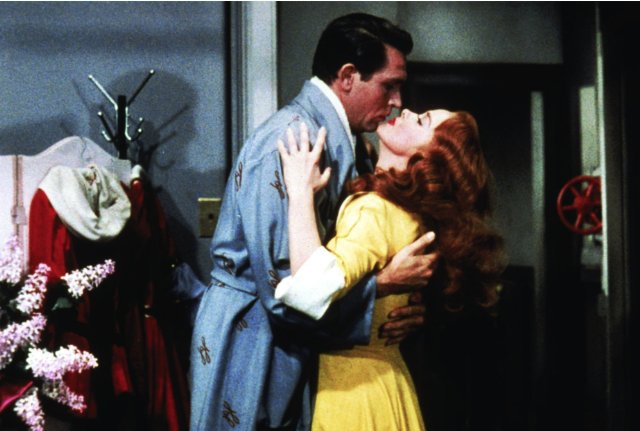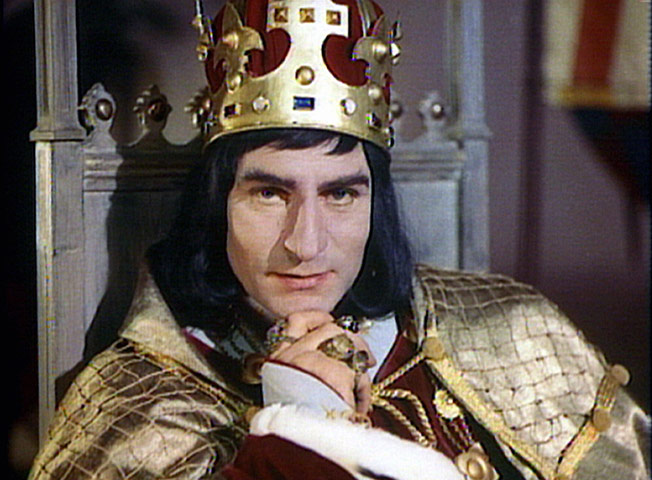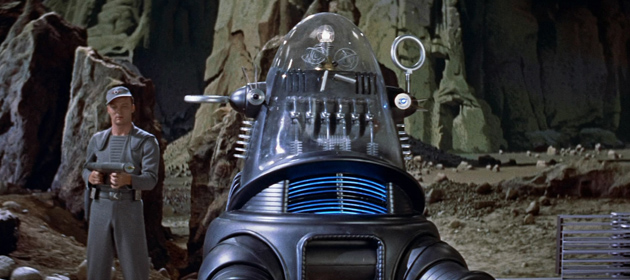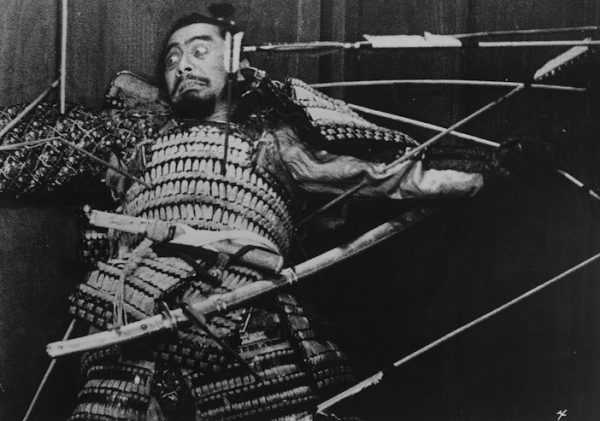“You will never age for me, nor fade, nor die.”
– “Shakespeare in Love” (John Madden, 1998)
William Shakespeare. Playwright and poet. The greatest writer in the English language.
I saw “Shakespeare in Love” thrice, the script (by Marc Norman and Tom Stoppard) swept me over. (“All the men at court are without poetry. If they see me, they see my father’s fortune. I – will have poetry in my life. And adventure. And love. Love above all.”) It was one of the reasons why I chose (to study) Film and Literature. I thought if I was passionate about the Bard, then I wouldn’t have problem with the coursework. I was dead wrong, but that was another story.
So I had a chance to read – and write – about Shakespeare’s plays, even watch the countless adaptations. Reading – and understanding – Elizabethan literature was challenging, but learning it turned out to be quite fun once I got the hang of it. (I wasn’t pulling a leg.) Watching was a different matter, though, as I learned that a movie was a language of images. This was the beauty of filmmaking, where one scene, be it a few seconds or several minutes, could tell what the story was all about. There was no need to hear the word(s), but an adaptation of a Shakespeare play wouldn’t be faithful without those immortal lines. (“A horse, a horse, my kingdom for a horse!”)
I imagined a typical adaptation of a Shakespeare play to be as talky as a French film, and at the same time, visually stunning, a distinctive feature of an auteur’s work. I believed that I saw both traits in some of Kenneth Branagh’s works, but not “Hamlet”. (The movie would have been better off without the cameo appearances by Billy Crystal and company. Then its running time, which was too long. Somewhere in the middle, I left the room, prepared myself a sandwich, and cleaned the kitchen a bit. I don’t think I missed anything when I resumed viewing. A matter of taste, anyway.)
I have seen different adaptations of “Romeo and Juliet”, “Macbeth”, “Hamlet”, “Henry V”, and “The Taming of the Shrew”. They seemed to be the most popular, if the number of times (that they were adapted to the big screen) was of any indication. All were creative attempts, but the outcome were different. So what were the best adaptations? I came up with ten, which I would present in chronological order, on the year of its release:
1. Hamlet (Laurence Olivier, 1948)
Desmond Dickinson’s cinematography was the main reason why this version was a must-see. He made use of deep focus photography, a technique using depth of field, a signature style of Orson Welles and Jean Renoir. Midway, I chose not to listen to the dialogue, as I was mesmerized by the eeriness (of the castle). (If the scenes were in colour, then this film wouldn’t stand out.) It couldn’t get better than that, which was the same thing that could be said about Sir Laurence Olivier’s performance (in the titular role). This movie won four Academy Awards, including Best Picture and Best Actor.
2. Kiss Me Kate (George Sidney, 1953)
When Mum found out about my (latest) interest, she suggested this musical. I first thought it was balderdash, until my best mate, another fan of Hollywood musical, corrected me. It took me some time to figure out that there was a semblance to “The Taming of the Shrew”. Blame it on Ann Miller, who was more than a scene stealer (in her dance number). In fact, she overshadowed everyone else, including Kathryn Grayson’s. This George Sidney feature was one of the best musicals of the 50s, if not of all time. (It was a special era for musicals, as “An American in Paris”, “The Band Wagon”, and “Singin’ in the Rain” were also released during that decade.)
3. Richard III (Laurence Olivier, 1955)
The image of Richard III, the last king of the House of York, was tarnished after his death. Was he really vile, as some historians claimed to be? Authors and filmmakers could speculate; Olivier’s depiction was that of a physically-deformed figure. Be warned, as he was Machiavellian in his attempts to gain power. Was this the reason why his reign was brief? It seemed to be, but expect to be charmed, if not frightened, by Olivier’s performance. (The running time was a bit too long, but the British actor/director was the main reason that I didn’t want to get off my seat.)
4. Forbidden Planet (Fred M. Wilcox, 1956)
It didn’t dawn on me that this sci-fi flick and “The Tempest” have many similarities. The viewers couldn’t be blamed if they were unable to detect it, as most sci-fi flicks (back then) looked cheesy. The directors intended it, as a mean to mask the political message. (Read: Cold War.) But there were some that could be viewed again and again, which meant that they were exceptional. (Robert Wise’s “The Day the Earth Stood Still” was a good example.) Fred M. Wilcox’s picture could be part of this (esteemed) list, as watching it was like an excursion into the deep recesses of the human mind. I didn’t recognise Leslie Nielsen, though. (I haven’t seen “The Naked Gun” series, until my course-mate, a walking encyclopedia on cinema, pointed him.)
5. Throne of Blood (Akira Kurosawa, 1957)
I became curious of Akira Kurosawa after my tutor told me about his favourite films (by the Japanese filmmaker). In particular, it was the fact that his notable films were adaptations of Western plays and novels, which inspired him to pursue filmmaking. “Throne of Blood”, his version of “Macbeth”, was arguably the best; the setting (feudal Japan) was spot on, while Toshiro Mifune, as Taketoki Washizu, the “Macbeth in samurai clothing”, gave a tour-de-force performance. This tale of lust for power, which resulted in (lots of) bloodshed, fused with Shintoist beliefs – and the result was perfect. (Taketoki’s meeting with the spirit, who foresaw his future, was fascinating, if not hair-raising.) There was something poetic about the symmetrical framing, even the gruesome scenes. (I don’t mind watching the rain-of-arrows scene again and again.) I was convinced that this was another Western, disguising as a medieval samurai drama, which I called “Once Upon a Time in the East”.
